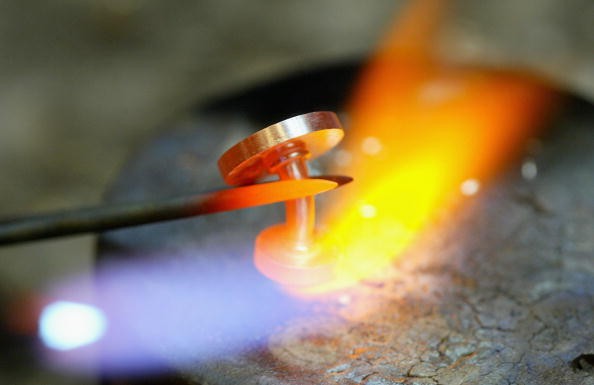A morphing metal has been developed by scientists at a university recently. A promising application of this metal will be the creation of shapeshifting robots in the future.
The concept of morphing metal is familiar to those who watch the "Terminator" series. One of the villains of "Terminator 2" was a robot that could transform his body into anything and had a liquid metal form. This concept might not become fiction anymore with the recent development of the new metal.
Cornell University scientists have developed a new metal-foam compound that can change shape, then reform itself back again into a rigid form or structure, according to Discovery News. The new material has many potential applications in the future and one of those promising applications might be the creation of soft robots.
The advantage of this new Cornell material is the possibility to be used as a material to help create soft robots that can also become hard and rigid when it needs to be. A hybrid material mixing both the hard metal and soft, porous rubber foam is the key to this development.
Rob Shepherd, a researcher and engineering professor at Cornell University, said in a statement that the material could have more uses beyond robotics. It can be used for the development of prosthetics and other medical equipment, he added.
The morphing metal can deform when it is heated above 144 degrees Fahrenheit with a hot air gun, CIO reported. When it cools, it returns to its original shape and will regain its rigidity afterwards. It can even stretch up to 600 percent.
Researchers have to use a mold created from foam, using 3D printing and then dip it into molten metal. When it is placed inside a vacuum, the metal alloy solidifies and then the air is pulled from the foam's pores. This results in a flexible, soft material.
Shepherd explained that when a person makes a robot stiff, it cannot morph its shape very well. The morphing metal will be able to give a soft robot both capabilities which is to be able to morph its structure but also to be stiff and can carry a load when necessary, he added.
The researchers also say that the morphing metal has the ability to heal itself if it has taken damage. This research is funded by the US Air Force, the National Science Foundation and the Alfred P. Sloan Foundation.
Take a look at the morphing metal discussion video below:



























